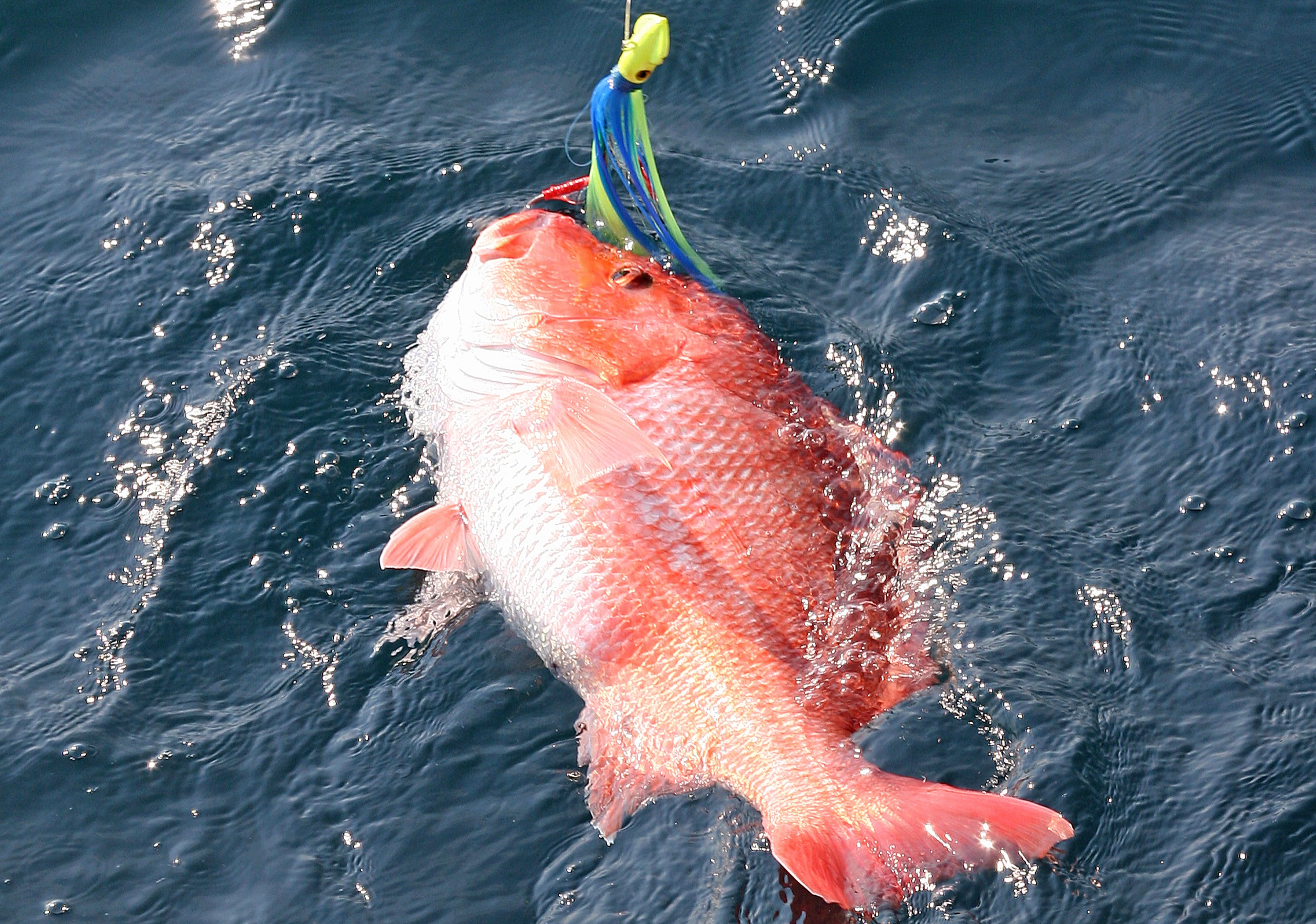By DAVID RAINER, Alabama Department of Conservation and Natural Resources
Just when it appeared that the 2020 red snapper season was a wrap, private recreational anglers are likely to get one more opportunity to fish this year.
Scott Bannon, Director of the Alabama Marine Resources Division (MRD), said the preliminary harvest numbers for the private recreational sector indicate about 100,000 pounds remain in the quota of 1,122,622 pounds.
The red snapper season for private recreational anglers (which includes state charter vessels) was originally set to last 35 days, beginning the Friday of Memorial Day weekend. However, the season had to be shortened to 25 days to ensure the quota was not exceeded.
Bannon said he and Chris Blankenship, Commissioner of the Alabama Department of Conservation and Natural Resources, are discussing options that would provide the best opportunity for private anglers to catch Alabama’s premier reef fish species.
“The private recreational angler season went really well even though we closed a little earlier than we anticipated,” Bannon said. “The data showed a tremendous number of people took advantage of the season, especially with the opening earlier on May 22.”
When the data from the season was analyzed, Bannon said a significant uptick in participation was quickly evident.
“The average vessel trips for the season were 713 trips per day,” he said. “That means a lot of people went fishing compared to the last two years, which had an average of about 530 vessel trips per day.
“I think people took advantage to go snapper fishing when they could not participate in other activities. They could not get on cruise ships. They couldn’t go to Disney. People were not playing travel sports. Boating was considered a safe outdoor activity, so I do think the COVID-19 pandemic affected the snapper season. I think it prompted more people to go snapper fishing than we had in the past.”
Bannon said the snapper season might have ended even a little earlier had it not been for Tropical Storm Cristobal, which significantly limited fishing on the third weekend of snapper season.
“Even after the second weekend, I had people tell me about the high number of boats they were seeing offshore,” he said. “They said there’s no way we’re going to make it to July 19. My thoughts were that as the season progresses the fervor dies down in July, and fishing gets a little tougher. Again, with not having other activities available, the weather outside that Cristobal weekend was really good and people went fishing.”
Bannon said anyone interested can visit www.outdooralabama.com/2020-red-snapper-landings-summary and view the catch data as well as the chart that shows the angler participation rate compared to the average wave height. The catch data in the chart has been updated to include additional reports.
“You can see in the chart that the wave height and catch effort are directly related,” he said. “The Cristobal weekend slowed down the catch effort. You can also see the weekend days had much higher catch effort.”
For the first time since the five Gulf states were granted control of red snapper management in 2018, Alabama added Mondays to the weekend to try to spread out the effort and provide more opportunities to fish.
“I think adding Mondays was a success,” Bannon said. “Some people felt that had a negative impact and reduced season length because of the Monday fishing. But if you add up all of the Monday effort, it is barely more than our peak Saturday. Mondays did exactly what we hoped it would do. It provided opportunities to avoid the Saturday chaos, allow people who work weekends an opportunity to go, and allow people who were on vacation who had to travel on Saturday to have an extra opportunity.
“And, if you were local, the feedback I got was they took advantage of Mondays instead of trying to fish on Saturdays when the effort was so high. They didn’t fish any more because it was open on Mondays; they just fished a different day.”








